Dendroaspis Angusticeps Venom
$250.00 – $1,810.00
Discreet at the buyer’s request
Delivery Time: 3 – 5 days
Packaging: lyophilized venom sold in vacuum-sealed glass vials of 100 mg, 500 mg, and 1 g.
Price is per Gram
The minimum Order Quantity is 1 Gram
BUY DENDROASPIS ANGUSTICEPS VENOM EASTERN GREEN MAMBA
(DENDROASPIS ANGUSTICEPS) SNAKE VENOM
BUY DENDROASPIS ANGUSTICEPS VENOM Online, green mamba snake venom for sale. A toxicovenomic study was performed on the venom of the green mamba, Dendroaspis angusticeps. Forty-two different proteins were identified in the venom of D. angusticeps, in addition to the nucleoside adenosine. The most abundant proteins belong to the three-finger toxin (3FTx) (69.2%) and the Kunitz-type proteinase inhibitor (16.3%) families.
Several sub-subfamilies of the 3FTxs were identified, such as Orphan Group XI (Toxin F-VIII), acetylcholinesterase inhibitors (fasciculins), and aminergic toxins (muscarinic toxins, synergistic-like toxins, and adrenergic toxins). Remarkably, no α-neurotoxins were identified. Proteins of the Kunitz-type proteinase inhibitor family include dendrotoxins.
What happens when a green mamba bites you?
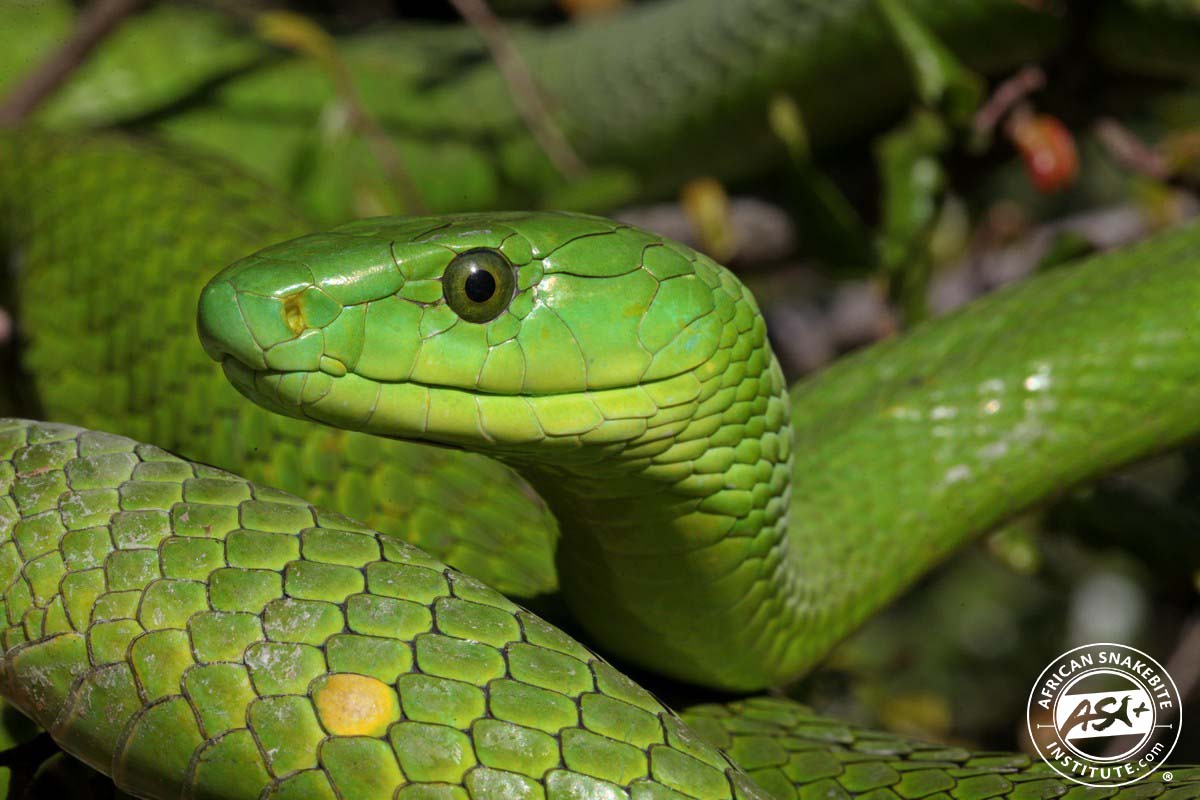 local necrosis can be moderate, ataxia, headache, drowsiness, difficulty breathing, vertigo, hypotension (low blood pressure), diarrhea, dizziness, and paralysis.
local necrosis can be moderate, ataxia, headache, drowsiness, difficulty breathing, vertigo, hypotension (low blood pressure), diarrhea, dizziness, and paralysis.Can you survive a green mamba bite?
How venomous is the green mamba?
Toxicological screening revealed a lack of lethal activity in all RP-HPLC fractions, except one, at the doses tested. Thus, the overall toxicity depends on the synergistic action of various types of proteins, such as dendrotoxins, fasciculins, and probably other synergistically-acting toxins. Polyspecific antivenoms manufactured in South Africa and India were effective in the neutralization of venom-induced lethality.
These antivenoms also showed a pattern of broad immunorecognition of the different HPLC fractions by ELISA and immunoprecipitated the crude venom by gel immunodiffusion. The synergistic mechanism of toxicity constitutes a challenge for the development of effective recombinant antibodies, as it requires the identification of the most relevant synergistic toxins.
Can you survive a black mamba bite?
Green Mamba Venom (Dendroaspis Angusticeps), also known as the common mamba, East African green mamba, green mamba, or white-mouthed mamba, is a large, tree-dwelling, highly venomous snake species of the mamba genus Dendroaspis.
Green Mamba Venom (Dendroaspis Angusticeps) mostly inhabits the coastal regions of southern East Africa. Adult females average approximately 2.0 metres (6.6 ft) in length, and males are slightly smaller. Eastern green mambas prey on birds, eggs, bats, and rodents such as mice, rats, and gerbils. They are shy and elusive snakes which are rarely seen, making them somewhat unusual among mambas, and elapids in general.
This elusiveness is usually attributed to the species’ green colouration which blends with its environment, and its arboreal lifestyle. However, eastern green mambas have also been observed to use “sit-and-wait” or ambush predation like many vipers, unlike the active foraging style typical of other elapids, which may be a factor in the rarity of sightings.
Poison
The venom of the eastern green mamba is highly toxic, containing calcicludin among other neurotoxins . Its venom is similar in composition and action to that of the more famous black mamba but only one tenth as toxic, and the amount injected is generally less, due to the snake’s smaller size. Despite this, any bite from a green mamba is potentially fatal and immediate emergency treatment at a hospital should be required.
Green Mamba Venom (Dendroaspis Angusticeps), is a large mostly arboreal and highly venomous snake found in the coastal regions of southern East Africa. Their range stretches from the Eastern Cape in South Africa through Kenya, Mozambique, Tanzania, Eastern Zimbabwe and Southern Malawi.
Green Mamba Venom (Dendroaspis Angusticeps) is mostly arboreal, meaning it lives in trees, only on rare occasions will it descend to the ground to forage, drink or bask in the sun. Because of its coloration, it’s very well camouflaged in trees or bushes, for that reason it prefers relatively dense vegetation and is rarely found in open terrain.
Behaviour
It is highly arboreal and rarely ventures to the surface unless in pursuit of prey or sunning itself. The green mamba is diurnal . Unlike the black mamba, it is fearful and non-aggressive, rarely opening its mouth, attacking only if threatened but usually making a quick and graceful escape. Continued taunting will cause the snake to attack and bite; bites, though serious, are not common.
A toxicovenomic study was performed on the venom of the green mamba, Dendroaspis angusticeps. Forty-two different proteins were identified in the venom of D. angusticeps, in addition to the nucleoside adenosine. The most abundant proteins belong to the three-finger toxin (3FTx) (69.2%) and the Kunitz-type proteinase inhibitor (16.3%) families.
Several sub-subfamilies of the 3FTxs were identified, such as Orphan Group XI (Toxin F-VIII), acetylcholinesterase inhibitors (fasciculins), and aminergic toxins (muscarinic toxins, synergistic-like toxins, and adrenergic toxins). Remarkably, no α-neurotoxins were identified. Proteins of the Kunitz-type proteinase inhibitor family include dendrotoxins.
Treatment |
| Treatment Summary Mamba bites can cause severe, even lethal systemic (paralytic) effects. They require urgent assessment & treatment. Admit at least overnight. Urgent antivenom therapy is the most important treatment. |
| Key Diagnostic Features Local pain, swelling, possibly necrosis, systemic paralysis, neuroexcitatory features |
| General Approach to Management All cases should be treated as urgent & potentially lethal. Rapid assessment & commencement of treatment including appropriate antivenom (if indicated & available) is mandatory. Admit all cases. |
| Antivenom Therapy Antivenom is the key treatment for systemic envenoming. Multiple doses may be required. |
Toxicological screening revealed a lack of lethal activity in all RP-HPLC fractions, except one, at the doses tested. Thus, the overall toxicity depends on the synergistic action of various types of proteins, such as dendrotoxins, fasciculins, and probably other synergistically-acting toxins. Polyspecific antivenoms manufactured in South Africa and India were effective in the neutralization of venom-induced lethality.
These antivenoms also showed a pattern of broad immunorecognition of the different HPLC fractions by ELISA and immunoprecipitated the crude venom by gel immunodiffusion. The synergistic mechanism of toxicity constitutes a challenge for the development of effective recombinant antibodies, as it requires the identification of the most relevant synergistic toxins.
Green Mamba Venom (Dendroaspis Angusticeps), also known as the common mamba, East African green mamba, green mamba, or white-mouthed mamba, is a large, tree-dwelling, highly venomous snake species of the mamba genus Dendroaspis.
Distribution |
Kenya, Tanzania, Mozambique, Malawi, E Zimbabwe, Republic of South Africa (Natal), Democratic Republic of the Congo (Zaire) [CHIFUNDERA 1990]Type locality: Natal |
| Reproduction | oviparous |
| Types | Holotype: lost, was BMNH 1946.1.20.48; lost fide Broadley in Golay et al. (1993: 128). Holotype: BMNH 1946.1.20.48 [intermedius] |
Green Mamba Venom (Dendroaspis Angusticeps) mostly inhabits the coastal regions of southern East Africa. Adult females average approximately 2.0 metres (6.6 ft) in length, and males are slightly smaller. Eastern green mambas prey on birds, eggs, bats, and rodents such as mice, rats, and gerbils. They are shy and elusive snakes which are rarely seen, making them somewhat unusual among mambas, and elapids in general.
This elusiveness is usually attributed to the species’ green colouration which blends with its environment, and its arboreal lifestyle. However, eastern green mambas have also been observed to use “sit-and-wait” or ambush predation like many vipers, unlike the active foraging style typical of other elapids, which may be a factor in the rarity of sightings.
Subspecies |
|
| Common Names | E: Green Mamba G: Blattgrüne Mamba, Gewöhnliche Mamba |
Green Mamba Venom (Dendroaspis Angusticeps), is a large mostly arboreal and highly venomous snake found in the coastal regions of southern East Africa. Their range stretches from the Eastern Cape in South Africa through Kenya, Mozambique, Tanzania, Eastern Zimbabwe and Southern Malawi. Buy snake venom online
Green Mamba Venom (Dendroaspis Angusticeps) is mostly arboreal, meaning it lives in trees, only on rare occasions will it descend to the ground to forage, drink or bask in the sun. Because of its coloration, it’s very well camouflaged in trees or bushes, for that reason it prefers relatively dense vegetation and is rarely found in open terrain.
| QUANTITY | 1Gram, 3Grams, 5Gram, 10Grams |
|---|
Be the first to review “Dendroaspis Angusticeps Venom” Cancel reply
Related products
BUY SNAKE VENOM
BUY SNAKE VENOM
BUY SNAKE VENOM
BUY SNAKE VENOM
BUY SNAKE VENOM
BUY SNAKE VENOM
BUY SNAKE VENOM
BUY SNAKE VENOM



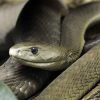

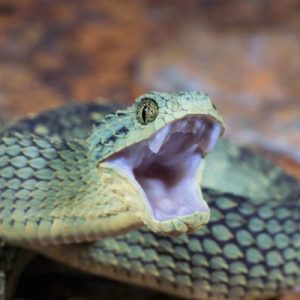
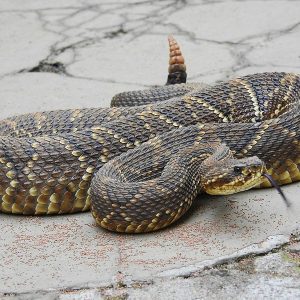
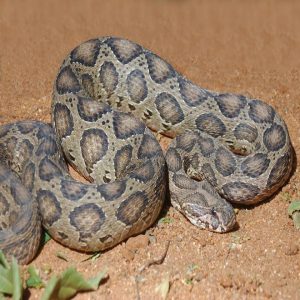
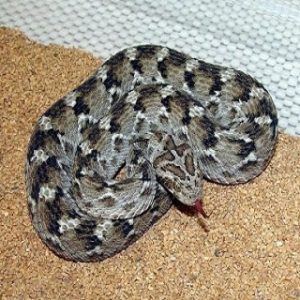
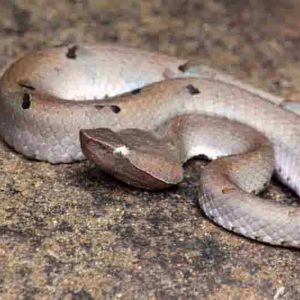
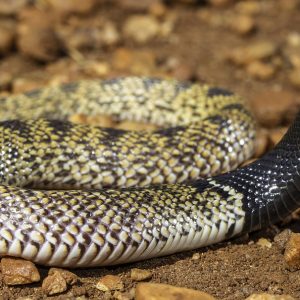
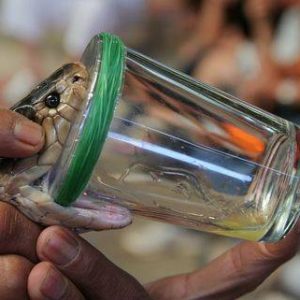
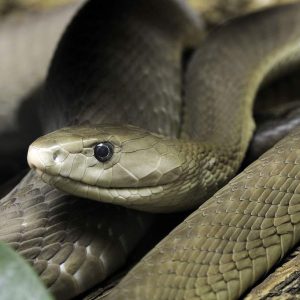
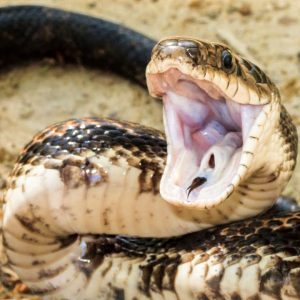
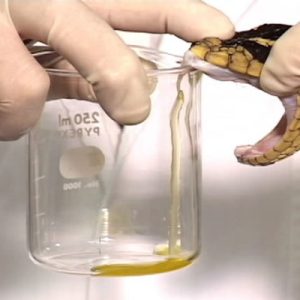
Reviews
There are no reviews yet.